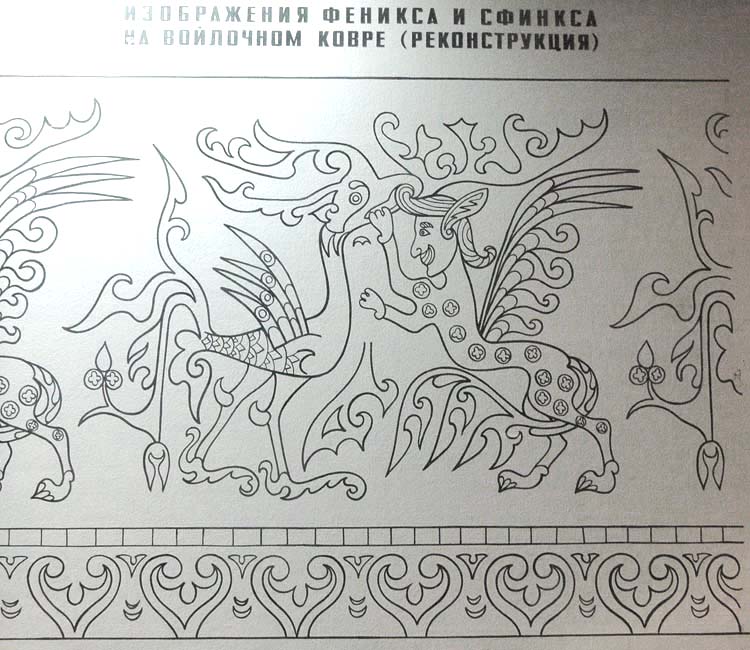The juice of the carrot, the smile of the parrot
A little drop of claret – anything that rocks
Elvis and Scotty, days when I ain’t spotty,
Sitting on the potty – curing small pox
– Ian Drury and the Blockheads – “Reasons to be Cheerful (Part 3)”
Another NPR inspired rantlet… I was listening to W/E Edition yesterday morning and the host, Scott Simon, delivered a commentary inspired by the recent plane crash in New York. His points, if I understand correctly, are that one cannot be fearful all the time and that in spite of fear, life goes on. I’d like to make a couple points of my own in response to one assertion and one unstated assumption.
The assertion I’d like to counter is that objective assesment of risk can’t or shouldn’t inform our actions.
A lot of people try to cite cite statististical arguments to aquit us of fear reminding us that the statistical chances of our lives being lost in a terrorist attack is (sic) small and yet the statistical chance that any terrorist act in a familiar landscape will infiltrate our fears is overwhelming. But statistics can seem an unreal basis in which to live your life. Would anyone get married if they thought too much about the fact that more than 50% of all marriages in the United States end in divorce? Would Derek Jeter ever stride up to home plate if he focussed on the statistical fact that even he stood only a third of a chance of sucess?
To dispense with Mr. Simon’s Jeter question first – I’m sure he would. A .333 batting average in the Majors is, I believe, respectable (I don’t know what Derek Jeter’s batting stats are like – I used ‘a third of a chance’ as my benchmark) and what is the down side? He walks back to the dugout. Does he step to the plate expecting to strike out? I’m sure he doesn’t, but the reason he doesn’t has a lot more to do with sports psychology than it does statistics. A hit one in three times will more than likely continue to earn Mr. Jeter buckets of cash, while a hit less frequently will not change Jeter’s desire to try, but will degrade his chances of being allowed to do so (can you send someone like Derek Jeter back to the minors?). The marriage question is also ineffective as an indictment of statistics – at least as far as I’m concerned. The success rate of marriages in the US can’t be news to anyone and yet folks continue to get married. Is it because they don’t pay sufficient attention to their chances? I doubt it – there are a huge number of reasons to get married – emotional and financial – that overwhelm the risk consideration. The money quote is, “But statistics can seem an unreal basis in which to live your life.” There is some truth to this – people are bad at estimating odds and payoffs, so statistical risk evaluation often tells us things that are counter-intuitive (see this link for Daniel Gilbert on “How to do the right thing every time”). Does this mean that we should reject statistics and objective risk analysis? I’d suggest that that way Truthiness lies – “my gut tells me different” is not a good reason for rejecting information.
The second unstated assumption that I’d like to challenge is that this state of affairs dropped out of the sky – there are no groups that benefit from the current Panic of the Month Club. Let’s look at Mr. Simon’s list:
…cancers, treacherous car suspensions, transfats, lasers blinding airplanes, AIDS blighting continents, asbestos, hypertension, drug addiction, drunk driving, bone spurs, swine flu, christmas tree eletrocutions, cholesterol, high speed car chases, category 5 hurricanes, mad cows, choking on chicken bones…
Missing of course is E. coli on spinach >grin<. The kindest word I can think of to describe the list is heterogenous. I mean, bone spurs vs. AIDS? Lasers blinding airplanes vs. Cat. 5 hurricanes? What thread ties most of this together? Wall-to-wall media attention (I admit to missing some of them - the great bone spur crisis of ought two sailed right by me). Crises and panic get attention = viewers = revenue. Rather than try to elucidate this connection and think about what's really worth worrying about and working on (strong Public Health system, anyone?), we're encouraged to accept the whole list as the way of the world, suck it up and get past it to, I guess, resignation. Sorry, I won't play.
Scott - A copy of Beyond Fear, and occasional reading of Bruce Schneier’s Cryptogram (in the blogroll) might give you a better basis on which to build the next commentary.
treacherous car suspensions, transfats,
lasers blinding airplanes, AIDS blighting continents,
asbestos, hypertension, drug addiction
– Scott Simon “Reasons to be Fearful (Part 3)” aka “A Familiar Chill In New York”
A bit of grin and bear it, a bit of come and share it
You’re welcome, we can spare it – yellow socks
Too short to be haughty, too nutty to be naughty
Going on 40 – no electric shocks
– Ian Drury and the Blockheads – ibid.
note – I transcribed the quotes from Mr. Simon’s commentaries and am responsible for any errors. In the E.coli paragraph I’m deliberately ignoring another powerful group whose hold on government is tied to keeping the populace afraid (any guesses?).






